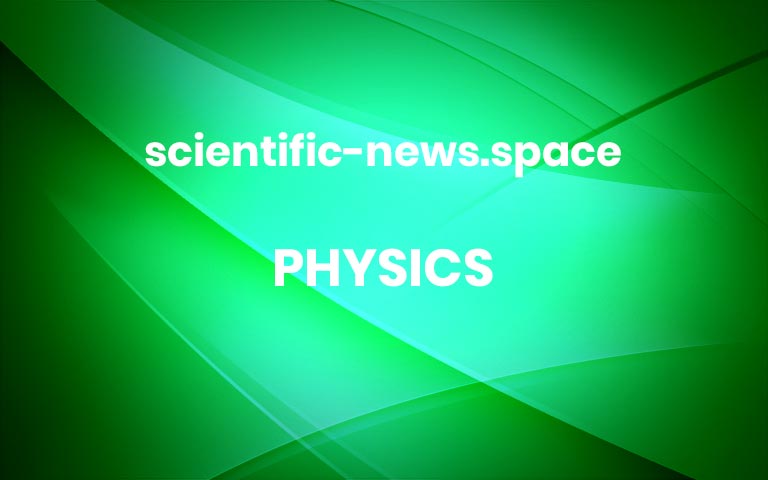Gravitational waves gave a new black hole a high-speed ‘kick’
This black hole really knows how to kick back.
Scientists recently observed two black holes that united into one, and in the process got a “kick” that flung the newly formed black hole away at high speed. That black hole zoomed off at about 5 million kilometers per hour, give or take a few million, researchers report in a paper in press in Physical Review Letters. That’s blazingly quick: The speed of light is just 200 times as fast.
Ripples in spacetime, called gravitational waves, launched the black hole on its breakneck exit. As any two paired-up black holes spiral inward and coalesce, they emit these ripples, which stretch and squeeze space. If those gravitational waves are shot off into the cosmos in one direction preferentially, the black hole will recoil in response.
Sign Up For the Latest from Science News
Headlines and summaries of the latest Science News articles, delivered to your inbox
Thank you for signing up!
There was a problem signing you up.
It’s akin to a gun kicking back after shooting a bullet, says astrophysicist Vijay Varma of the Max Planck Institute for Gravitational Physics in Potsdam, Germany.
Gravitational wave observatories LIGO and Virgo, located in the United States and Italy, detected the black holes’ spacetime ripples when they reached Earth on January 29, 2020. Those waves revealed details of how the black holes merged, hinting that a large kick was probable. As the black holes orbited one another, the plane in which they orbited rotated, or precessed, similar to how a top wobbles as it spins. Precessing black holes are expected to get bigger kicks when they merge.
So Varma and colleagues delved deeper into the data, gauging whether the black hole got the boot. To estimate the kick velocity, the researchers compared the data with various predicted versions of black hole mergers, created based on computer simulations that solve the equations of general relativity, Einstein’s theory of gravity (SN: 2/3/21). The recoil was so large, the researchers found, that the black hole was probably ejected from its home and kicked to the cosmic curb.
Dense groups of stars and black holes called globular clusters are one locale where black holes are thought to partner up and merge. The probability that the kicked black hole would stay within a globular cluster home is only about 0.5 percent, the team calculated. For a black hole in another type of dense environment, called a nuclear star cluster, the probability of sticking around was about 8 percent.
The black hole’s great escape could have big implications. LIGO and Virgo detect mergers of stellar-mass black holes, which form when a star explodes in a supernova and collapses into a black hole. Scientists want to understand if black holes that partner up in crowded clusters could partner up again, going through multiple rounds of melding. If they do, that could help explain some surprisingly bulky black holes previously seen in mergers (SN: 9/2/20). But if merged black holes commonly get rocketed away from home, that would make multiple mergers less likely.
“Kicks are very important in understanding how heavy stellar-mass black holes form,” Varma says.
Previously, astronomers have gleaned evidence of gravitational waves giving big kicks to supermassive black holes, the much larger beasts found at the centers of galaxies (SN: 3/28/17). But that conclusion hinges on observations of light, rather than gravitational waves. “Gravitational waves, in a way, are cleaner and easier to interpret,” says astrophysicist Manuela Campanelli of the Rochester Institute of Technology in New York, who was not involved in the new study.
LIGO and Virgo data had already revealed some evidence of black holes getting small kicks. The new study is the first to report using gravitational waves to spot a black hole on the receiving end of a large kick.
That big kick isn’t a surprise, Campanelli says. Earlier theoretical predictions by Campanelli and colleagues suggested that such powerful kicks were possible. “It’s always exciting when someone can measure from observations what you predicted from calculations.” More




